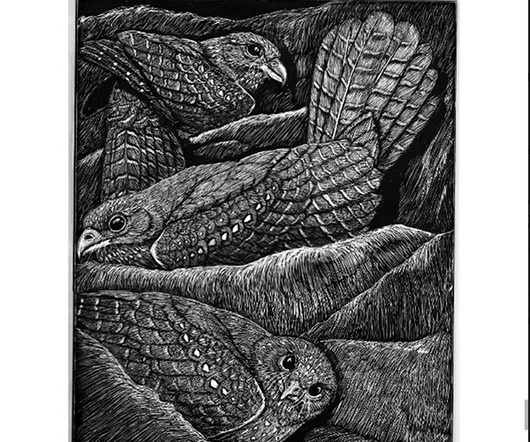Bird Day: A Story of 24 Hours and 24 Avian Lives–A Book Review
10,000 Birds
JANUARY 2, 2024
Hauber Hauber’s mini-essays focus on specific behaviors, enhanced by references to recent research yet written in a relaxed, personal way. Angell’s black-and-white methodology works well for crows, ravens and owls, his chosen subjects, and it also surprisingly well for more colorful birds, even Indian Peafowl.












Let's personalize your content